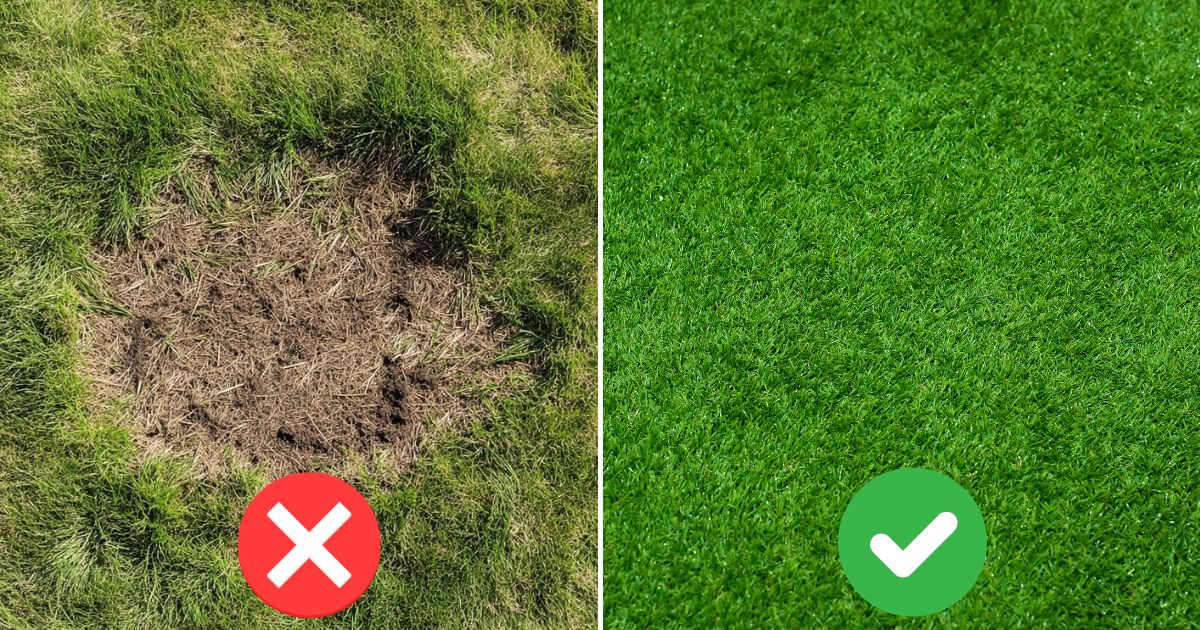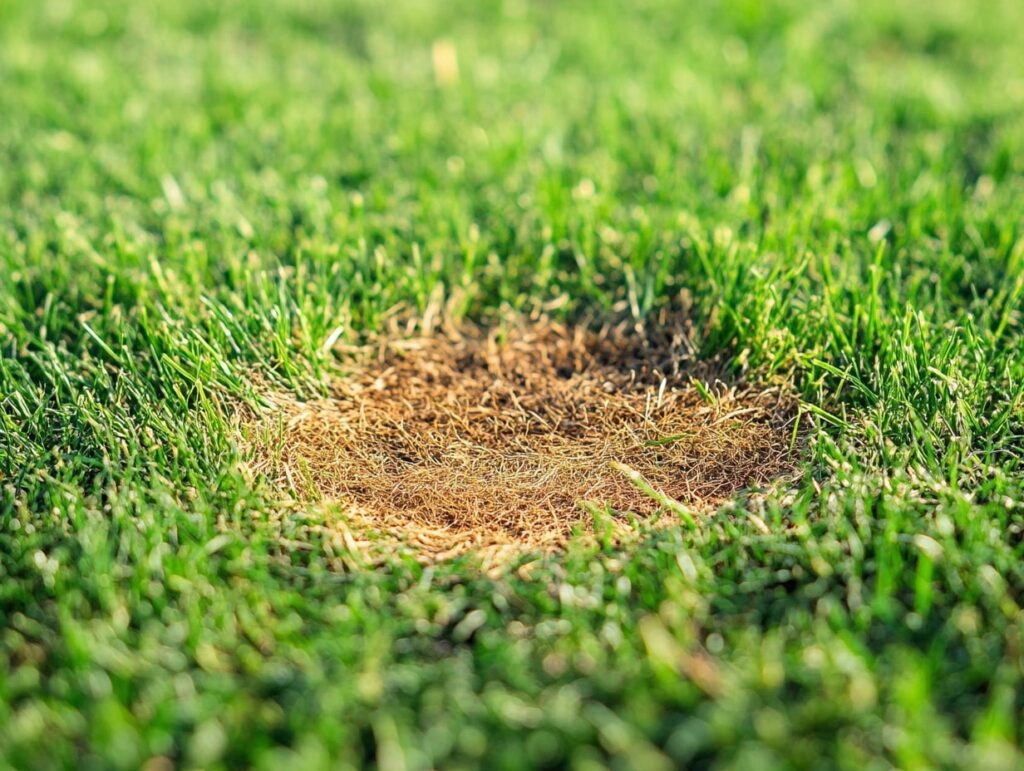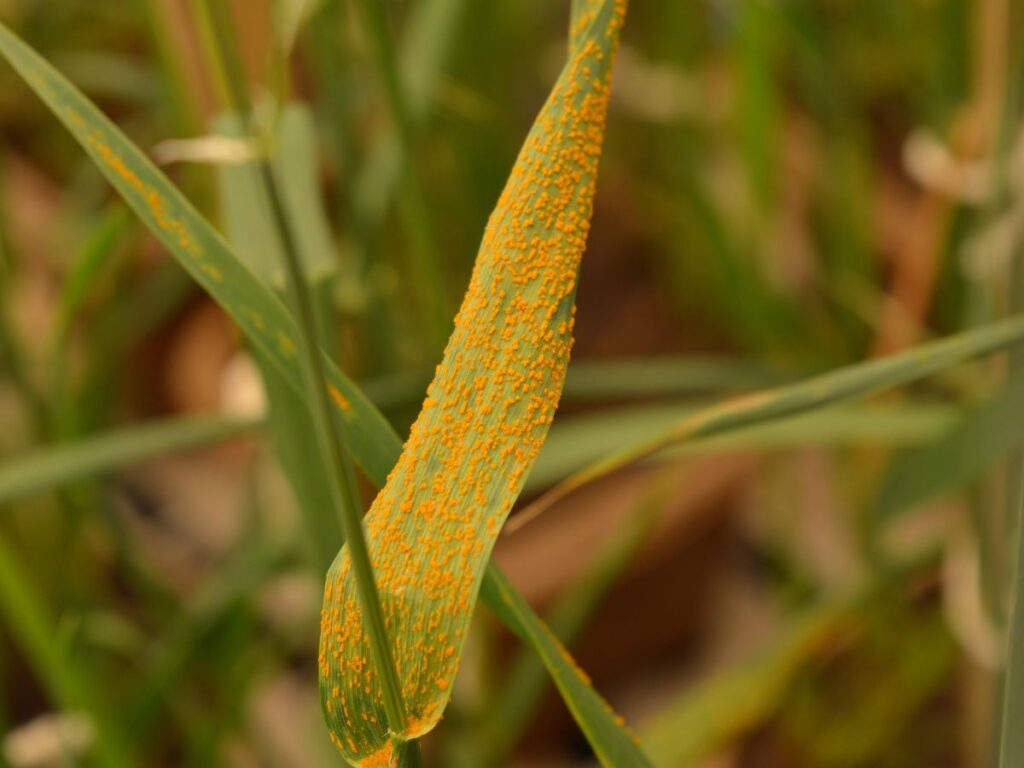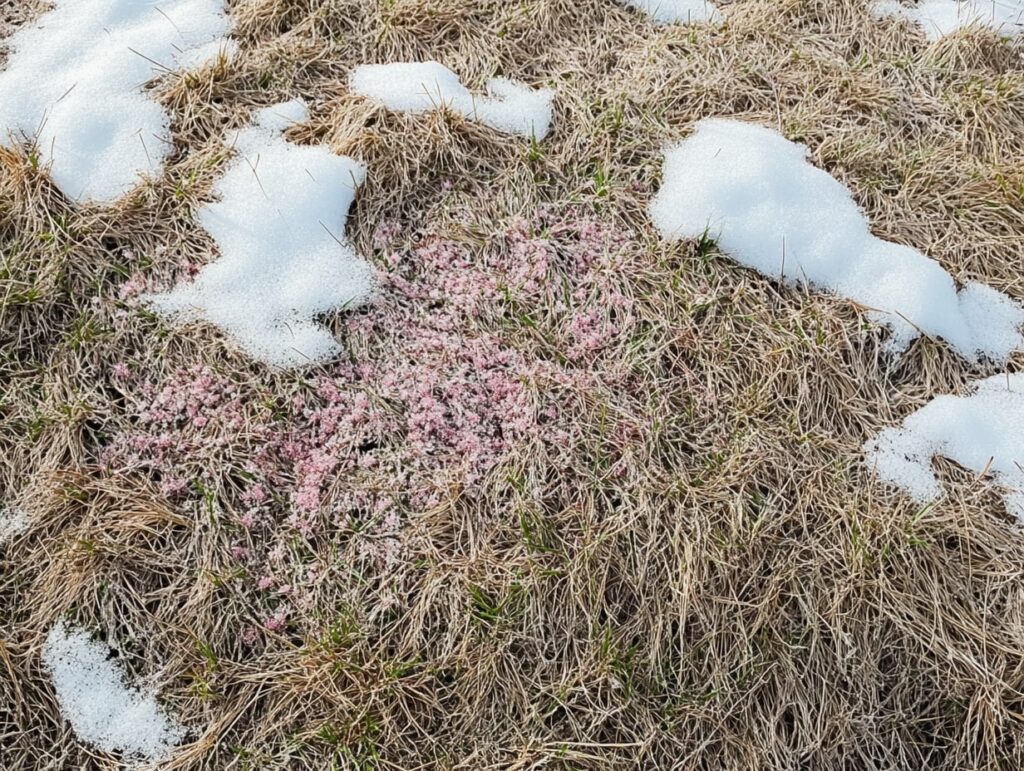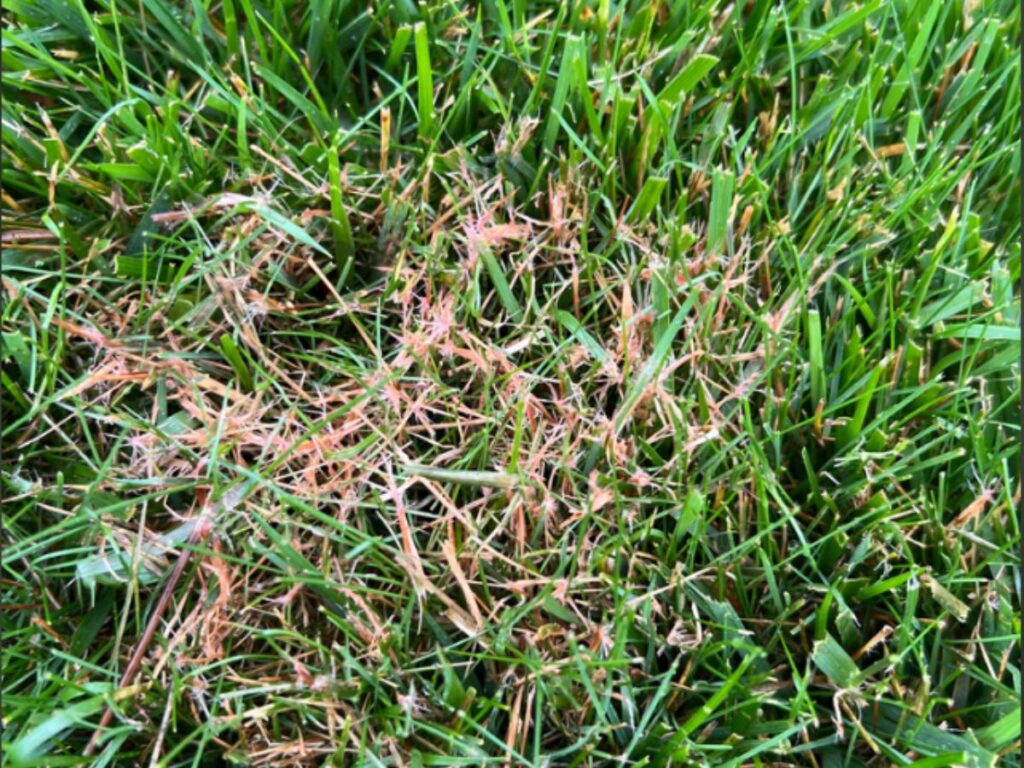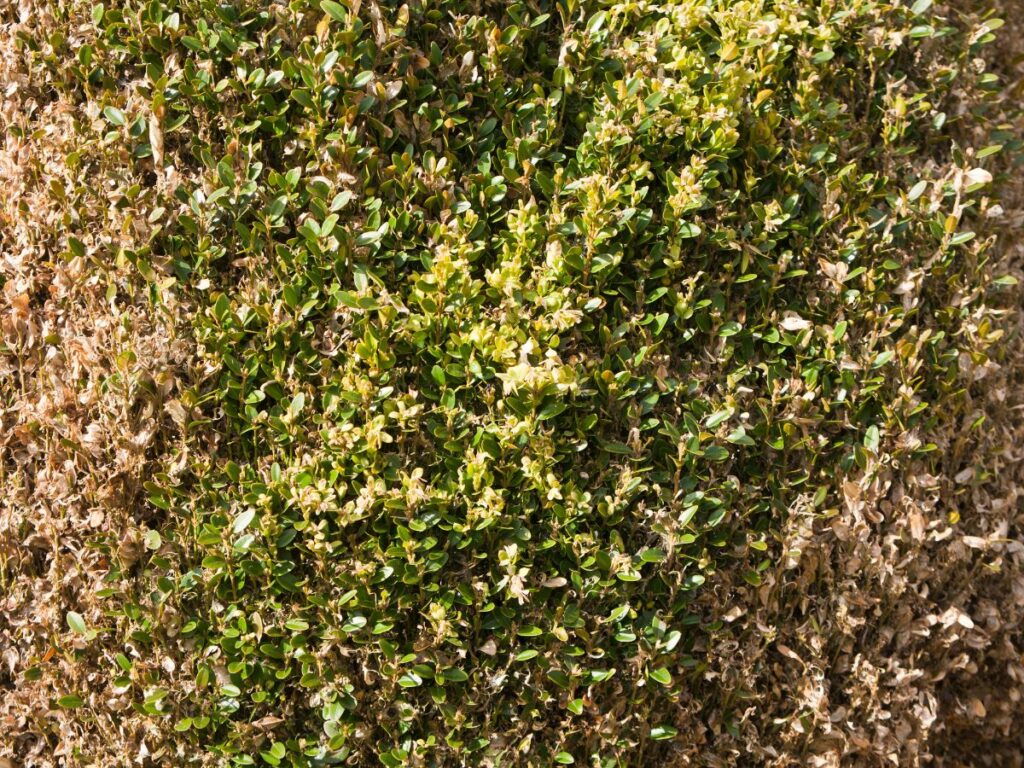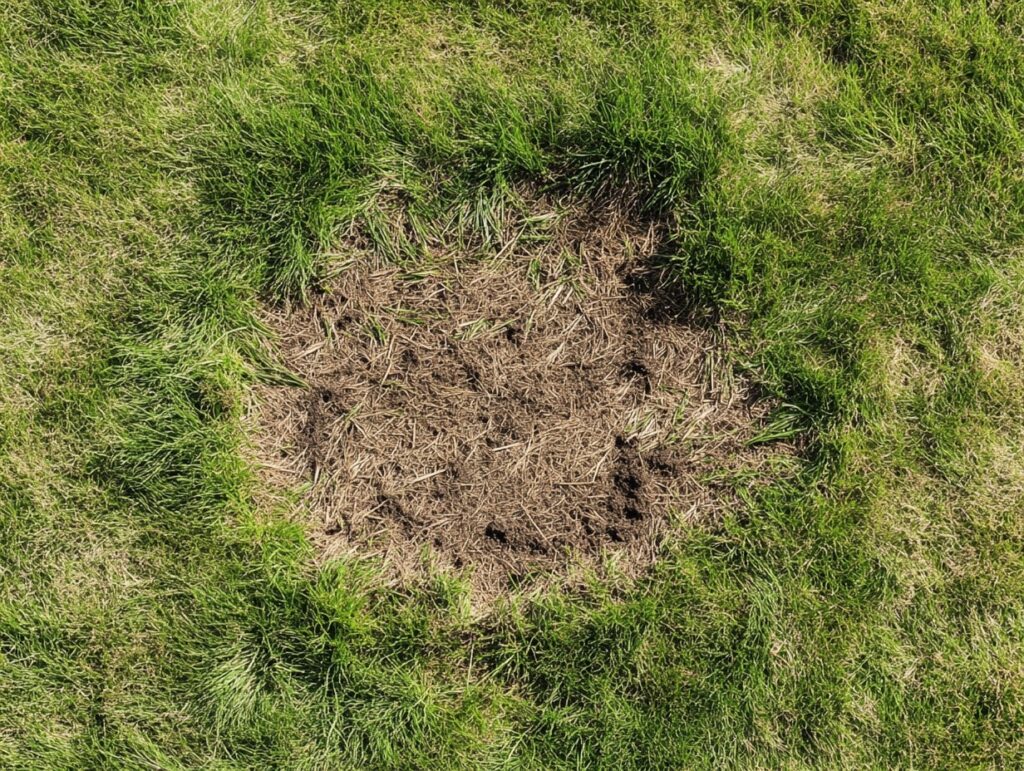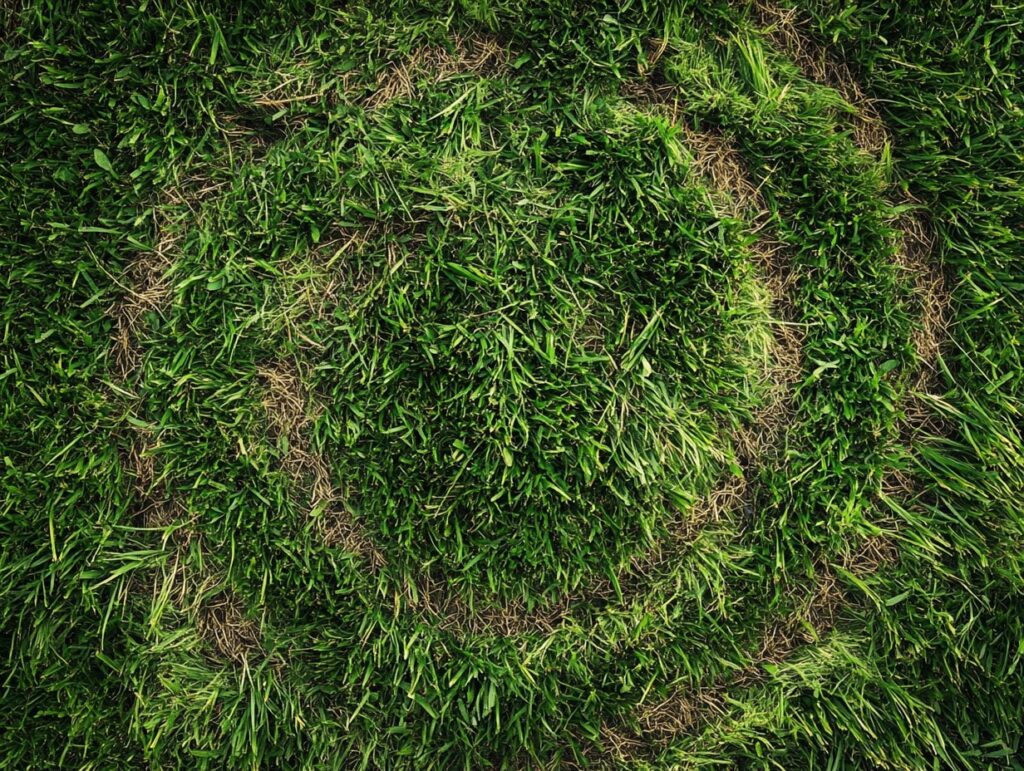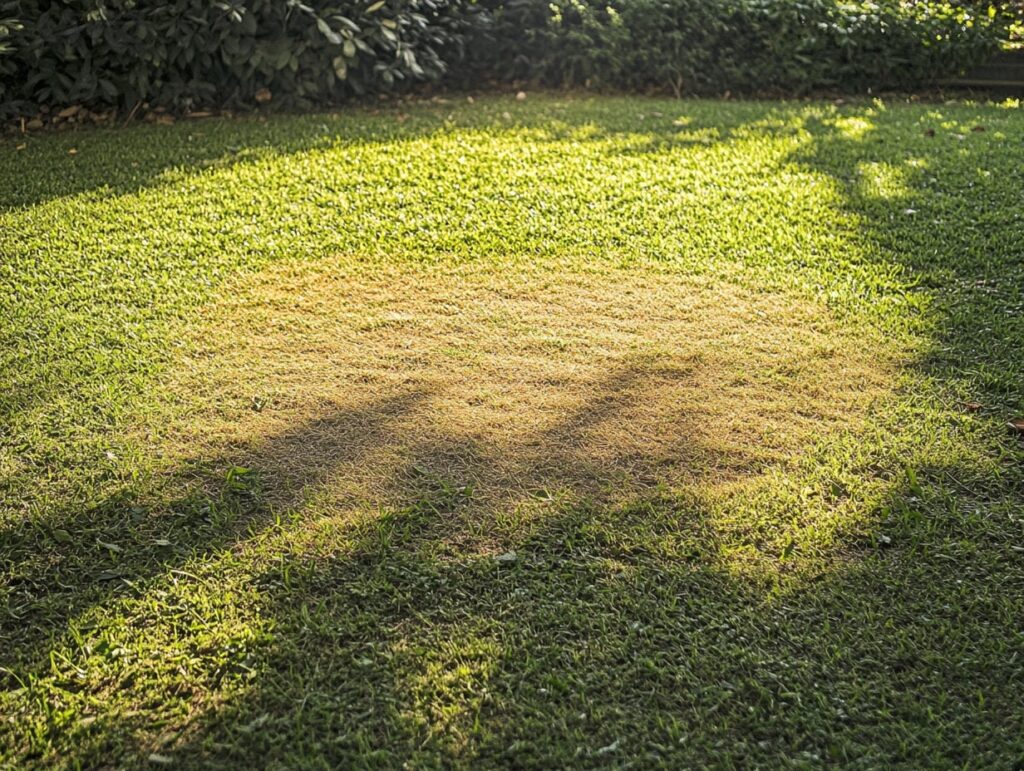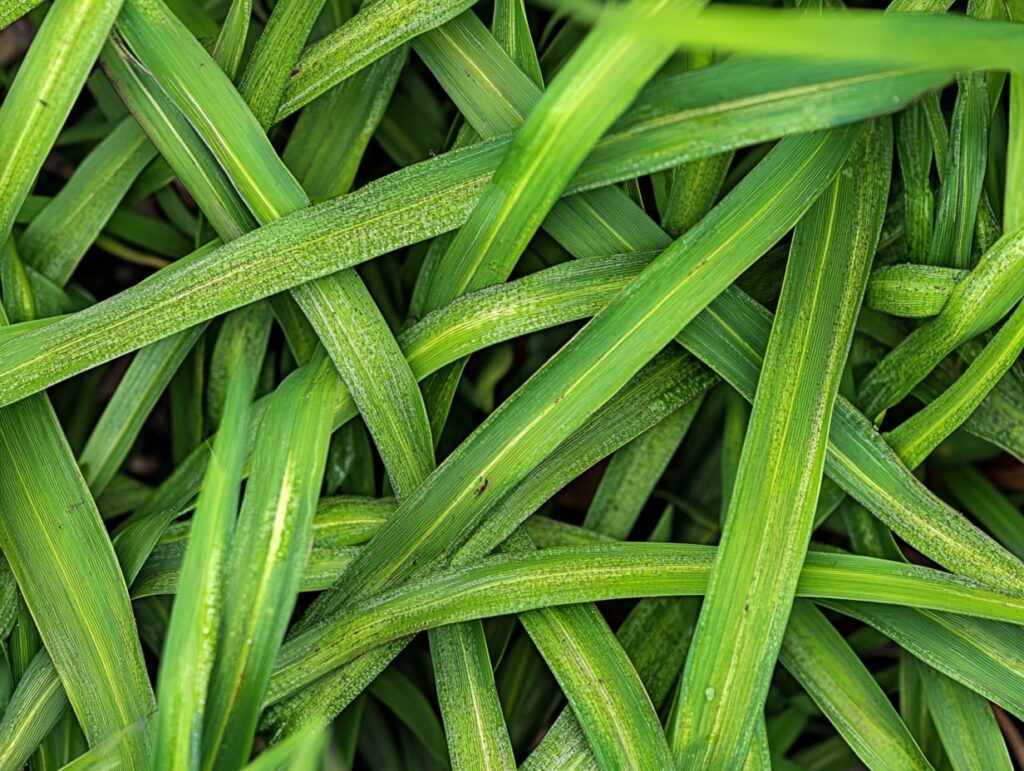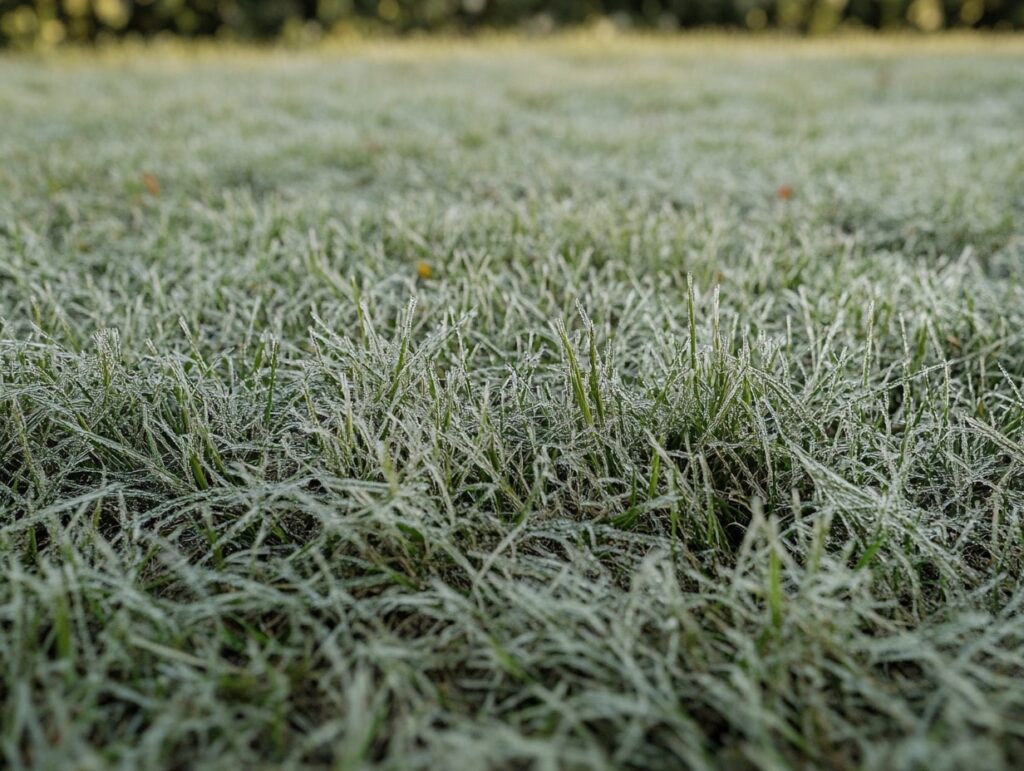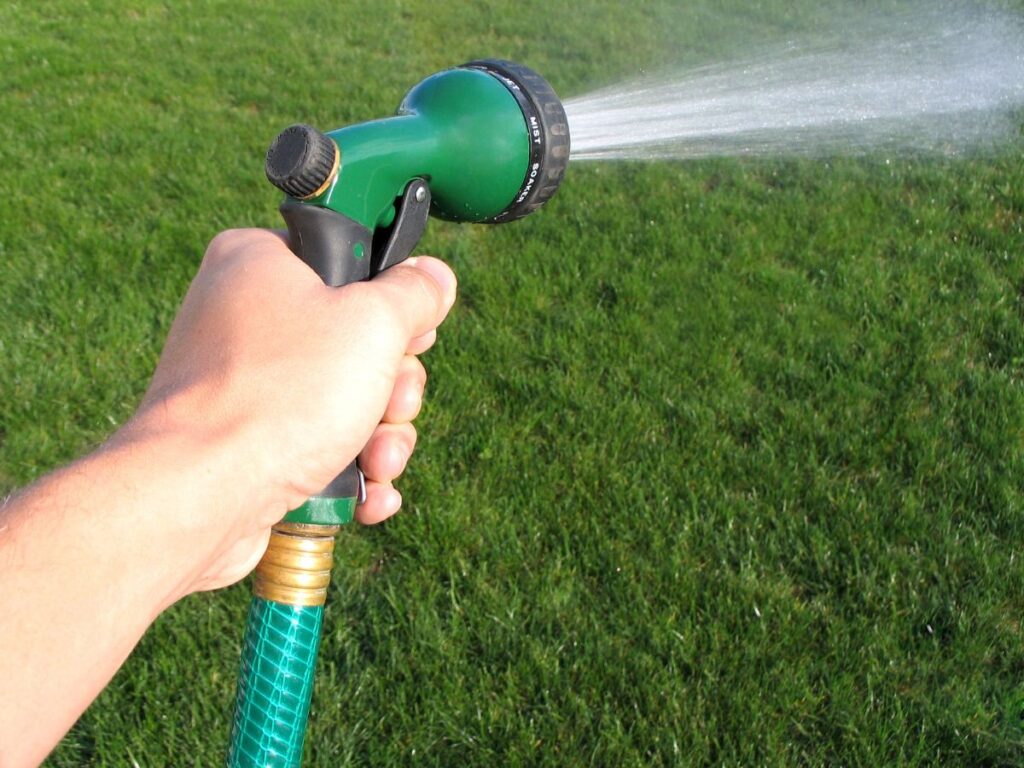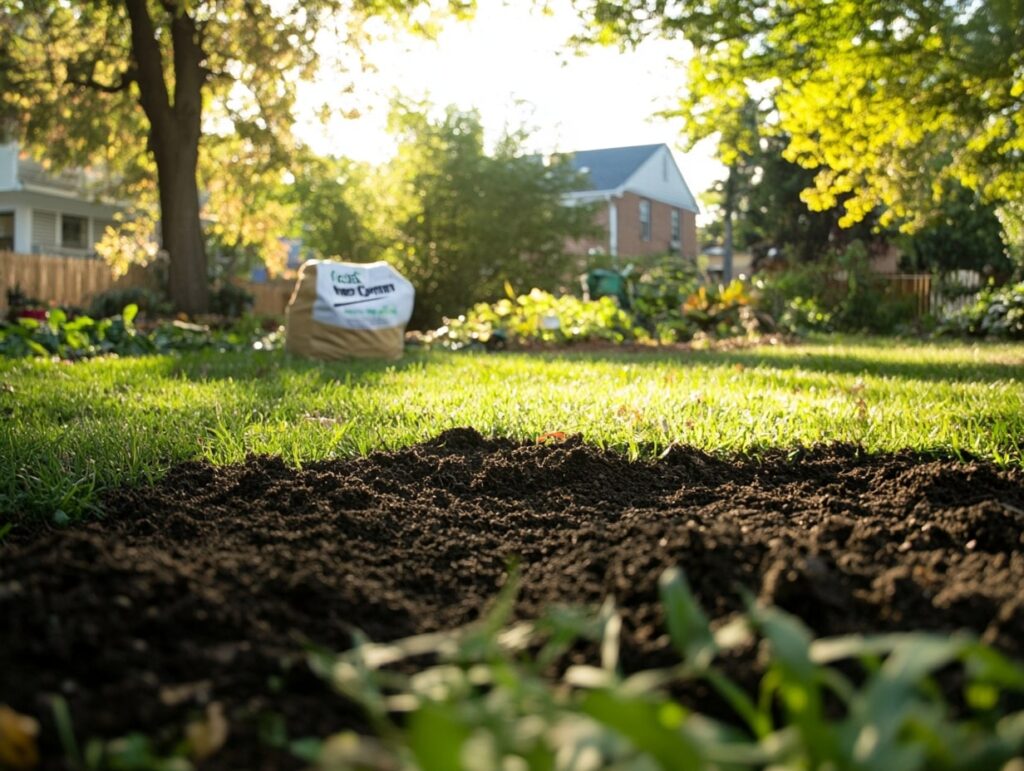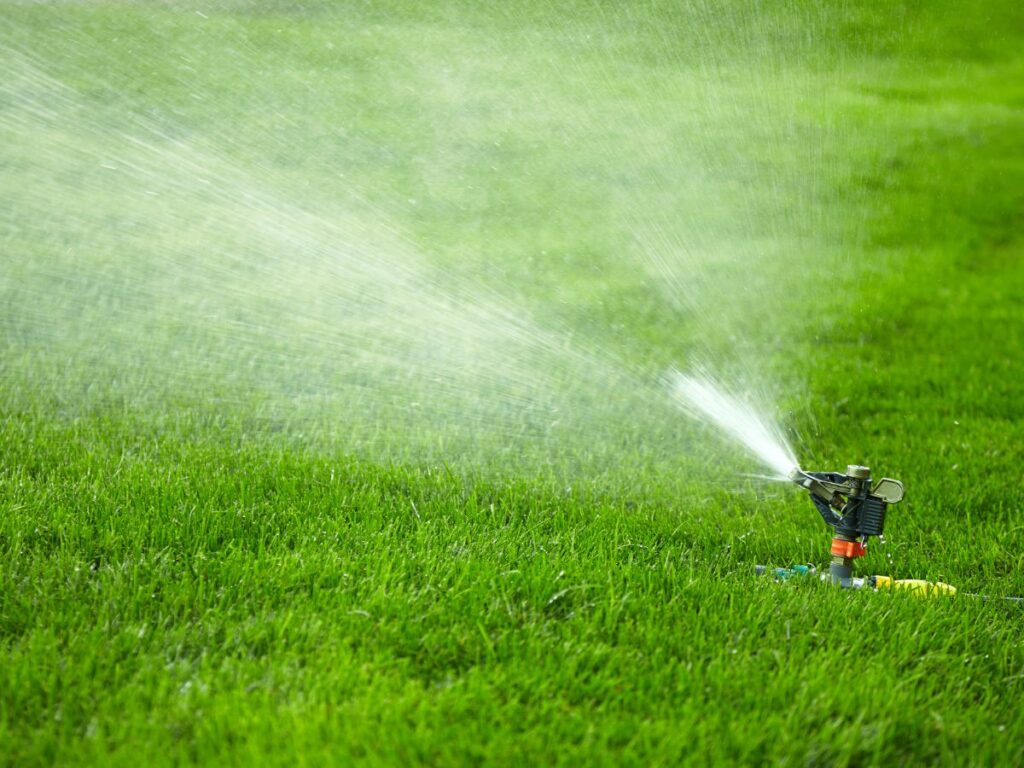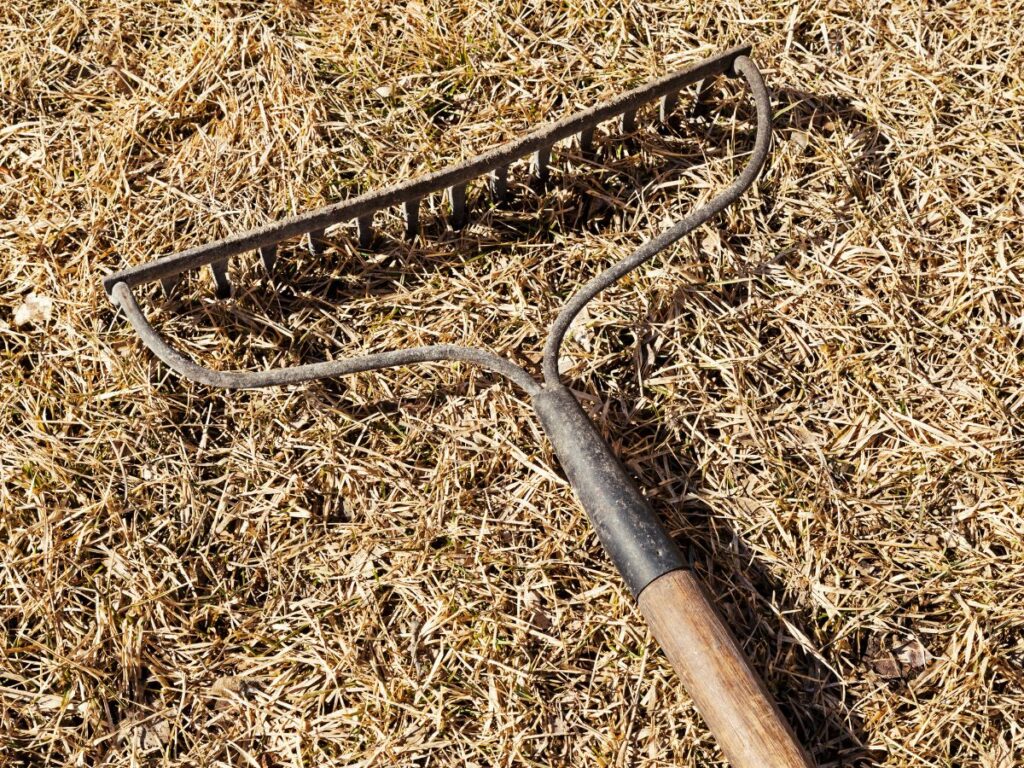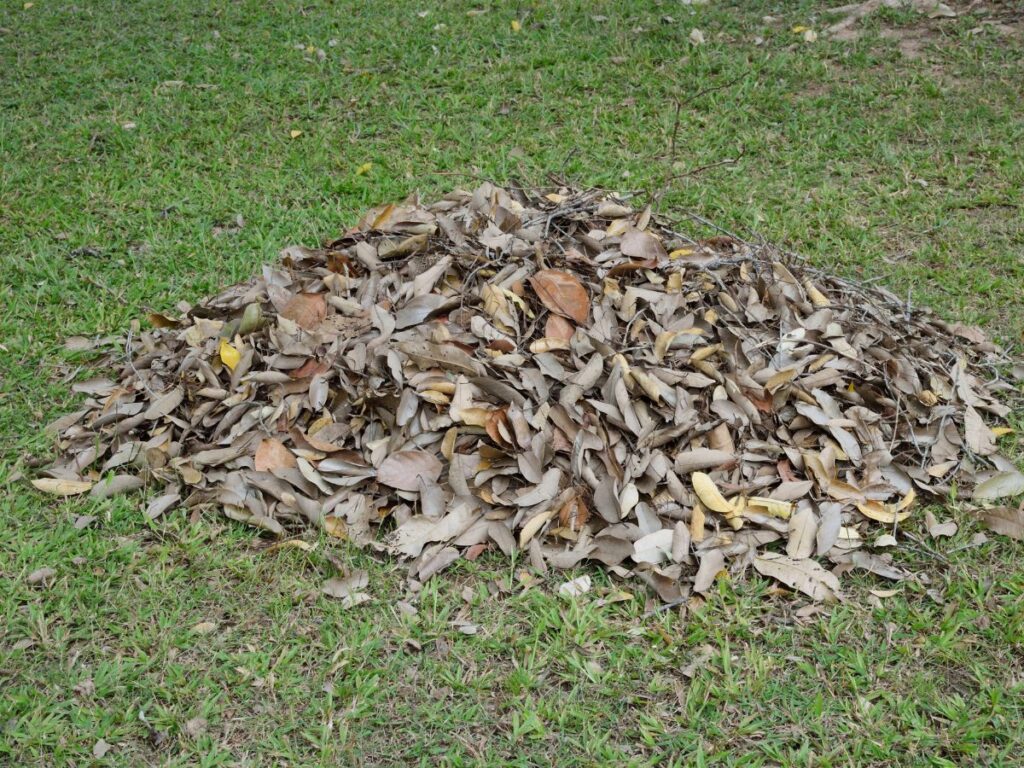Maintaining a lush, green lawn can sometimes feel like a battle against nature. You water, mow, and fertilize diligently, yet those pesky patches and unsightly spots still appear.
Understanding the most common lawn diseases and taking proactive steps can make all the difference in keeping your grass healthy and vibrant.
Imagine walking on your lawn, enjoying its perfect green hue, only to notice a brown patch or wilted area. It’s frustrating, but with a little knowledge, you can prevent these common lawn maladies before they take hold.
From brown patch to powdery mildew, each disease often comes with telltale signs and practical solutions.
While some diseases might require specific treatments, many can be avoided with routine lawn care practices like proper mowing and controlled watering. Addressing potential issues early helps ensure your lawn remains a source of pride and enjoyment.
15 Lawn Diseases and Solutions
1. Brown Patch
Brown patch is a warm-season disease that thrives when humidity levels are high, and nighttime temperatures hover around 65°F (18°C). It causes circular, brown patches on your lawn, often several feet wide.
Prevention:
Water early in the morning to allow your lawn to dry during the day. Avoid overwatering, especially in the evening. Ensuring good air circulation and applying a balanced fertilizer also helps.
2. Dollar Spot
Small, silver-dollar-sized patches of brown or tan grass? That’s dollar spot, a fungal disease that thrives in dry conditions. You’ll often find it during early summer when nights are cool, and days are warm.
Prevention:
Keep your lawn properly fertilized. Dollar spot loves nitrogen-deficient grass. Water deeply but infrequently, and mow regularly to avoid the stress that can invite the fungus.
3. Rust
If your lawn suddenly looks like it’s covered in a light dusting of rust, you’ve likely got, well, rust. This disease affects grass blades, causing a powdery, orange appearance. It thrives in cool, moist conditions, especially in undernourished lawns.
Prevention:
Mow your lawn regularly to remove infected grass blades. Keep your lawn well-fertilized and water deeply once a week, avoiding shallow, frequent watering.
4. Snow Mold
As winter retreats and snow begins to melt, you might notice gray or pink patches on your lawn. This is snow mold, a disease that thrives under a blanket of snow.
Prevention:
Rake leaves and other debris in the fall to allow your lawn to breathe. Mow your lawn shorter before the first frost and avoid applying nitrogen-rich fertilizers late in the season.
5. Leaf Spot
Leaf spot is a bit sneaky. It starts as small, purplish spots on grass blades but can quickly escalate into a more severe disease called melting out, which thins your lawn.
Prevention:
Water early in the day, so grass has time to dry. Don’t mow too low, and avoid over-fertilizing, especially with nitrogen-heavy products.
6. Powdery Mildew
If parts of your lawn look like they’ve been dusted with flour, powdery mildew could be the culprit. This disease favors shaded, cool areas and spreads quickly if untreated.
Prevention:
Improve air circulation by trimming trees and shrubs that block sunlight. Reduce watering in shady areas and apply a fungicide if necessary.
7. Red Thread
Red thread is characterized by thin, red or pink threads on your grass. It usually shows up in cool, damp weather and often appears in lawns that are low in nitrogen.
Prevention:
Aerate your lawn regularly and feed it with a nitrogen-rich fertilizer. This disease thrives in malnourished lawns, so proper lawn care is your best defense.
8. Pythium Blight
Pythium blight is a serious fungal disease that can kill large sections of your lawn in a matter of days. It appears as greasy, black patches and thrives in hot, humid weather.
Prevention:
Ensure your lawn has proper drainage to prevent standing water, as pythium loves soggy conditions. Water early in the morning and reduce thatch buildup to allow better airflow.
9. Necrotic Ring Spot
Necrotic ring spot creates circular patches of dead grass that expand over time. It usually attacks during the cooler months and can take years to fully recover from.
Prevention:
Regular overseeding and aeration can help your lawn recover faster. Avoid overwatering, and be cautious when applying nitrogen-rich fertilizers.
10. Fairy Ring
Fairy rings are unmistakable: dark green circles or rings of lush grass often surround a patch of dead grass. The fungi responsible can be difficult to eradicate.
Prevention:
Remove thatch and aerate your lawn regularly. Deep watering can also help, as the fungus often grows in dry soil.
11. Summer Patch
As the name suggests, summer patch appears during hot weather. It creates irregular, sunken patches of discolored grass, and can devastate cool-season grasses.
Prevention:
Maintain proper lawn care practices year-round. Aerate compacted soil, water deeply but infrequently, and use a fungicide during warm months if necessary.
12. Gray Leaf Spot
Gray leaf spot is most common in St. Augustine grass and creates irregular spots with tan centers. If left untreated, the grass will wither and die.
Prevention:
Avoid over-fertilizing, especially with nitrogen-heavy fertilizers. Water early in the day and avoid mowing your lawn when it’s wet.
13. Anthracnose
Anthracnose causes dark, irregular patches and typically strikes lawns that are stressed from drought, heat, or poor nutrition.
Prevention:
Keep your lawn well-nourished with a balanced fertilizer. Water your lawn deeply once a week, and ensure good drainage to avoid standing water.
14. Slime Mold
Slime mold is less destructive but can look unsightly, appearing as a slimy, gray coating on grass blades.
Prevention:
Rake or mow your lawn to remove the mold. Improve air circulation and avoid overwatering shaded areas.
15. Fusarium Patch
Fusarium patch creates circular patches of brown or gray grass, usually after heavy rainfall or in lawns that are overwatered.
Prevention:
Reduce irrigation and improve soil drainage. Applying a fungicide during wet weather can also help control this disease.
Treatment Solutions
To manage lawn diseases effectively, consider a mix of natural treatments, chemical fungicides, and recovery care. These approaches target not just the symptoms but help restore your lawn to its lush and healthy state.
Natural Remedies
Using natural remedies can offer a gentle yet effective approach to treating lawn diseases. Compost tea is popular for boosting beneficial microbes. Simply spray it over affected areas to help fend off pathogens. Neem oil is another natural fungicide that can reduce fungal activities.
Consider applying a baking soda solution for diseases like powdery mildew. Mix one tablespoon of baking soda with a gallon of water and spray. Finally, maintaining good soil health with regular aeration and proper fertilizing increases disease resistance.
Chemical Fungicides
When natural methods aren’t enough, chemical fungicides provide a potent alternative. Choose the right fungicide based on the disease you’re dealing with. Chlorothalonil and propiconazole are often effective against common issues like brown patch or dollar spot. Follow the product label for the best application method and timing.
Application techniques play a crucial role. Evenly spray the fungicide using a sprayer, ensuring proper coverage. Protective gear is essential in handling these chemicals safely. Consistent monitoring after application helps evaluate effectiveness and detect any need for reapplication.
Recovery Tips for Damaged Lawns
After treating lawn diseases, focus on recovery strategies to bring back health and vigor. Start with overseeding to fill in bare or thin patches. Choose a seed variety that matches your lawn’s requirements. Regular watering is key, particularly in the morning, to help recovery and prevent further fungal development.
Fertilize your recovering lawn using a balanced fertilizer to support new growth. Avoid mowing too short; keeping the grass slightly taller aids moisture retention and develops stronger roots. Maintenance of equipment, including mower blades, ensures clean cuts and reduces stress on your lawn.
Seasonal Lawn Care Tips
Caring for your lawn requires different strategies throughout the year to prevent diseases and maintain its health. Each season brings unique challenges and opportunities for lawn care.
Spring Lawn Prep
Spring is the perfect time to invigorate your lawn after winter’s dormancy. Start by aerating the soil to improve water infiltration and reduce compaction. This allows nutrients to reach the roots more effectively.
Next, apply a balanced fertilizer to nourish your lawn. Remove any debris and check for early signs of diseases like snow mold. It’s also a good idea to reseed any bare patches. Consider using a pre-emergent herbicide to tackle weeds before they become established.
By taking these steps, your lawn will be prepared to thrive as the temperatures rise.
Summer Disease Management
Summer heat can be stressful for your lawn, increasing the risk of diseases. Proper watering is essential, aiming for a deep soak once or twice a week rather than shallow, frequent watering. This encourages deeper root growth and reduces fungal issues.
Mowing high leaves more leaf surface area, helping the grass stay cool and providing shade to the soil. Be on the lookout for symptoms of common summer diseases like brown patch and dollar spot.
Early identification and treatment with appropriate fungicides can prevent them from spreading. Implementing these measures ensures your lawn remains vibrant even during the hottest months.
Fall Renovation Techniques
Fall is ideal for repairing and rejuvenating your lawn. Begin with dethatching to remove the thick layer of dead grass that can harbor diseases. Follow this with overseeding to fill in thin areas, using a grass seed variety suitable for your region.
Apply a high-quality fall fertilizer to promote root development. Address compaction issues by aerating the soil again if necessary. This ensures nutrients and water penetrate the roots before winter.
Taking the time to renovate in the fall sets the stage for a robust lawn in the coming seasons.
Winterizing Your Lawn
Winterizing your lawn involves protecting it during the dormant winter months. Keep mowing until the grass stops growing, but reduce the height gradually to prevent disease.
Remove any leftover leaves and debris that can smother the grass. Consider applying a winterizing fertilizer with potassium to strengthen the grass for the cold season.
Avoid heavy foot traffic on the lawn to prevent damage. These steps help maintain a healthy lawn and ensure a quicker green-up in the spring.
Preventing lawn diseases is all about balance. Overwater, and you invite rot and mold. Underwater, and you stress the grass, opening the door for fungi to take hold. Healthy, well-maintained lawns are much less likely to succumb to disease.
So, by following the preventive steps for each of these common lawn diseases, you’ll not only avoid the headaches of patchy, sick grass but also create a thriving, vibrant green space that enhances the beauty of your home.
By keeping an eye on your lawn and giving it the care it deserves, you’ll stay ahead of these common threats.
